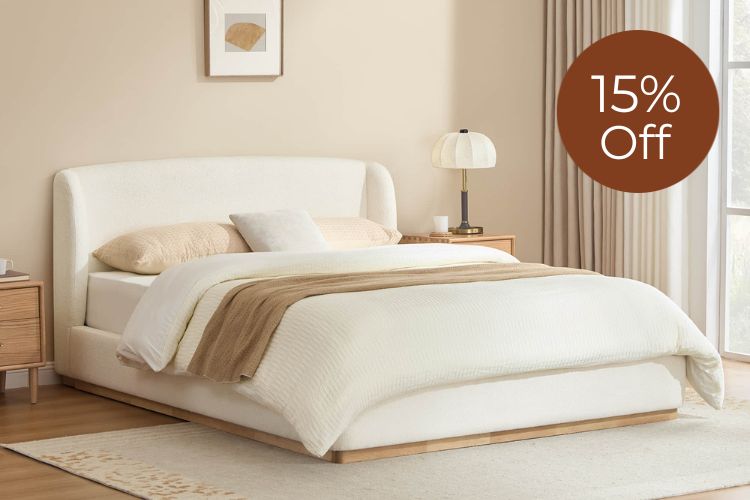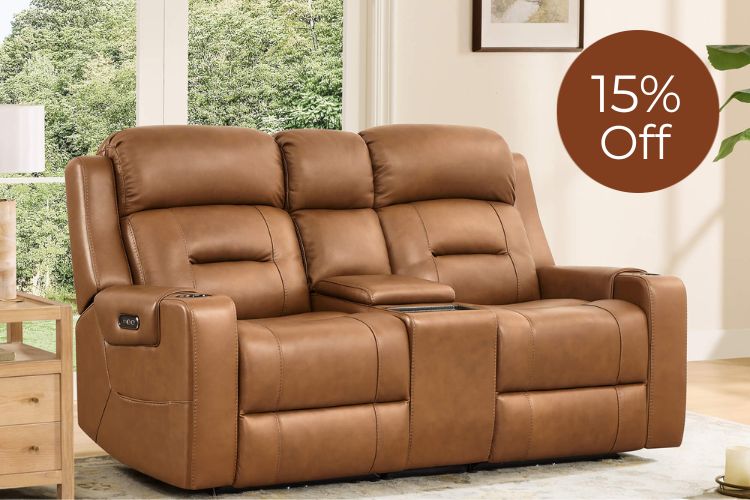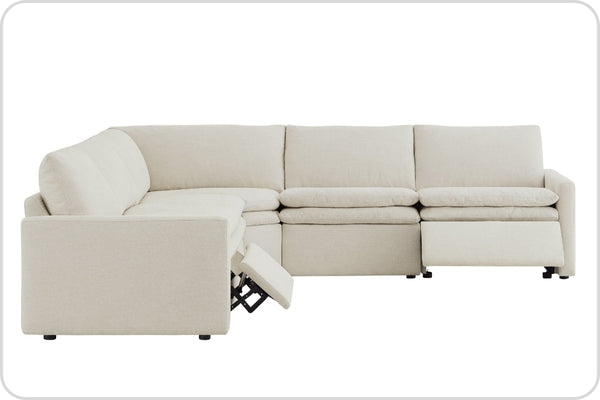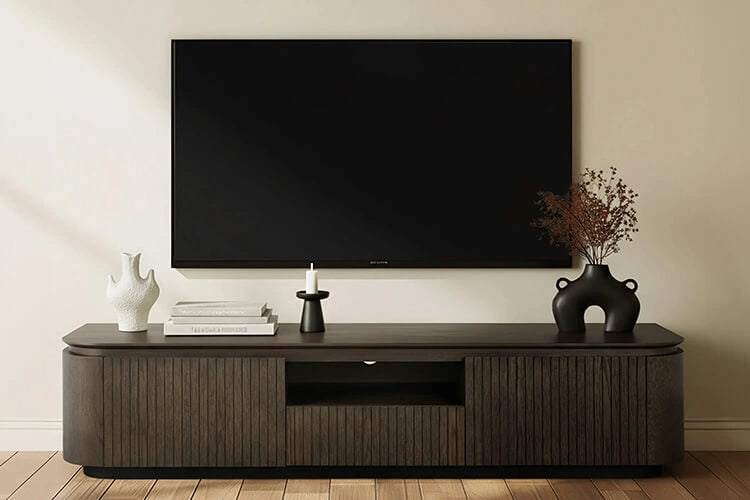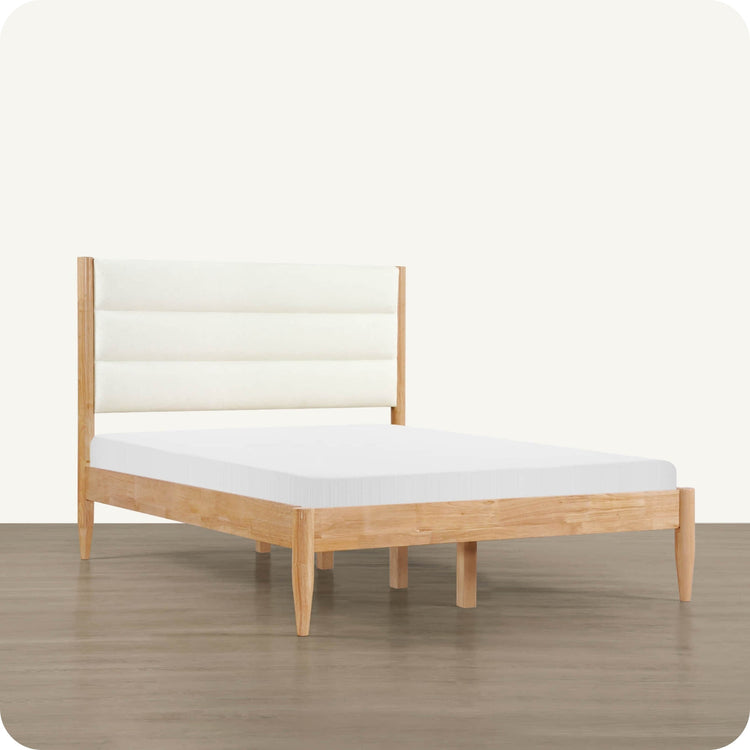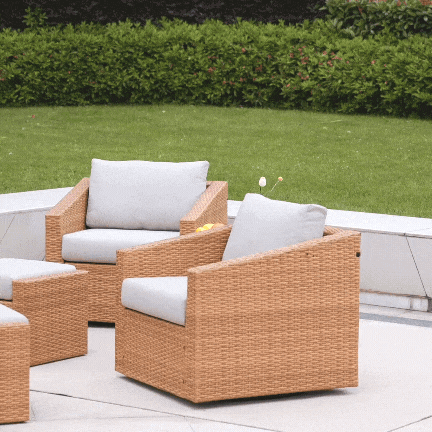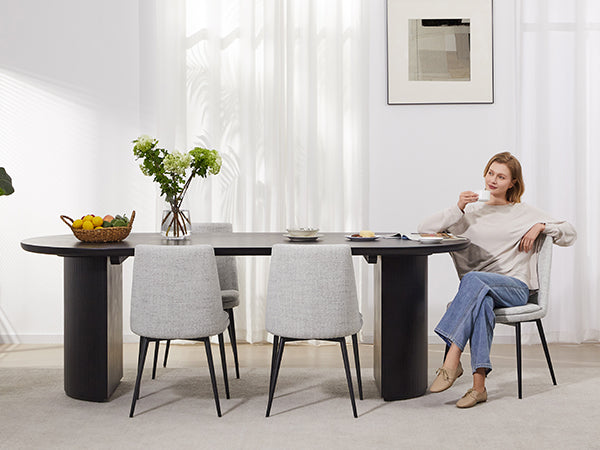Choosing between low back and high back dining chairs can significantly impact your dining area's look and feel. This article breaks down the pros and cons of each type, from the sleek minimalism of low back chairs to the supportive comfort of high back options. Whether you're looking for style, practicality, or a mix of both, we'll guide you through making the best choice for your space. Let's simplify the decision-making process and find the right chair for you.
Pros of Low Back Dining Chair
-
Spatial Perception:Embodying the essence of minimalism, low back dining chairs offer a smart solution for enhancing the sense of space in even the most compact dining areas. Their sleek, streamlined design significantly reduces visual clutter. This characteristic makes them especially well-suited for contemporary dining spaces where simplicity and openness are prized. The unobtrusive nature of these chairs ensures that they blend seamlessly into the background, allowing the room to feel more open and less crowded.
- Flexibility:Crafted with the idea of easy mobility in mind, low back dining chairs epitomize convenience. Their lightweight design means they can be effortlessly rearranged or shifted, which is particularly beneficial in versatile spaces that might serve various functions from day to day. Whether you're reconfiguring your dining area for a special event or simply tidying up, these chairs prove to be exceedingly accommodating, making them a practical choice for lively and adaptable living spaces.
- Multifunctionality:The utility of low back dining chairs extends far beyond the dining table. These chairs excel in adaptability, easily finding their place as supplementary seating in different areas of the home. Whether it's providing additional seats in the living room for guests or serving as a temporary fixture in a bedroom, these chairs demonstrate remarkable versatility. Their ability to integrate into various settings highlights their role as multifunctional elements within your living environment, offering value that surpasses their primary function.

Eli Low-Back Dining Chair: "Comfortable and match our barstools perfectly!"
Revewed by our customer
Cons of Low Back Dining Chair
- Poor Support:The primary limitation of low back dining chairs is found in their ergonomic design, or rather, the lack thereof. The reduced height of their backs means that they do not offer the same level of support as their higher-backed counterparts, particularly for the back and shoulders. This can lead to discomfort during extended periods of sitting, such as during long dinners or in-depth conversations. The lack of adequate support can thus be a significant drawback for those who value comfort during their seated experiences.
- Less Formal:The informal design of low back dining chairs might not cater to every aesthetic preference, especially for those envisioning a more traditional or formal dining setting. Their casual appearance may not complement spaces that aim for an air of sophistication or classic elegance. This mismatch can lead to a visual disconnect in dining areas styled with a more refined or opulent theme, where the chairs' simplicity could be perceived as out of place.
Pros of High Back Dining Chair
- Comfort:High back dining chairs are unrivaled in their ability to offer superior back and shoulder support, a feature that becomes increasingly important during lengthy periods spent at the dining table. Whether it's a prolonged dinner party, a family gathering, or multitasking between meals and work, these chairs ensure a level of comfort that enhances the sitting experience. Their design caters to the ergonomic needs of the body, providing a supportive embrace that can reduce discomfort and fatigue.
- Visual Impact:Beyond their functional benefits, high back chairs are also powerful style statements within a dining space. They possess a commanding presence, with their height and design contributing significantly to the room's overall aesthetic. These chairs can elevate a dining area's elegance, introducing an element of sophistication and formality that complements both traditional and contemporary interiors. Their distinctive appearance can transform an ordinary dining room into a visually striking space.
-
Privacy:For those dining in open-concept spaces or multifunctional areas, high back chairs offer an added benefit of privacy. Their tall backs create a sense of enclosure around the dining table, fostering a more intimate and secluded atmosphere. This feature is particularly appreciated in settings where separating the dining area from the rest of the living space visually and spatially enhances the dining experience, making it feel more exclusive and personal.
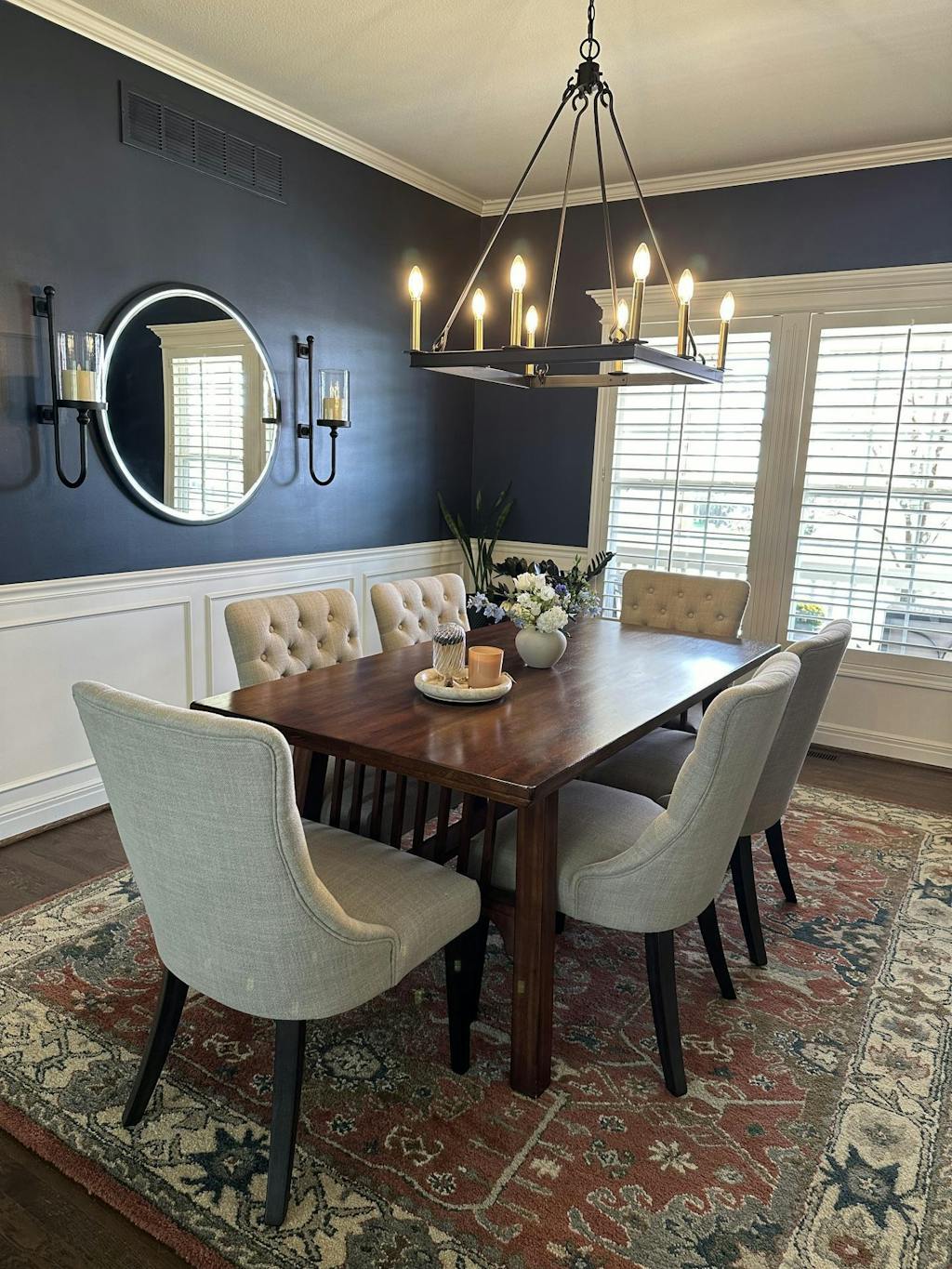
Our customer review: "Beautiful. Sturdy and comfortable; Chita makes the most stylish, affordable and quality furniture."
It's Morgan Prime Tufted Dining Chair & It's Chita
Cons of High Back Dining Chair
- Weight:The substantial build of high back dining chairs, while a boon for stability and durability, also renders them heavier and less maneuverable than their low back counterparts. This can be a significant drawback in settings where furniture needs to be moved frequently, whether for cleaning, rearranging, or repurposing the space. Their heft makes them less suited to environments that require a high degree of flexibility.
- Space Requirements: The imposing size of high back chairs means they demand more room, both physically and visually. In smaller dining areas, they can overwhelm the space, making it feel cramped and restricted. Their significant presence requires careful consideration of room proportions and layout to ensure the dining area remains functional and aesthetically balanced without sacrificing mobility or the feeling of openness.
- Maintenance:The complexity and intricacy often found in high back chair designs can pose challenges when it comes to cleaning and upkeep, especially for chairs featuring elaborate upholstery or detailed woodwork. The effort required to maintain their appearance and integrity can be greater, necessitating more time and specific care routines to address nooks, crannies, and fabric care, potentially making them less appealing for those seeking low-maintenance dining furniture options.
Low Back vs. High Back Dining Chair: Which Is Right For You
- Assess Frequency and Duration of Use: Reflect on the amount of time you and your family spend at the dining table. If your dining area doubles as a workspace or if you often host long dinner parties, high-back chairs could significantly enhance your comfort with their superior back and shoulder support. These chairs are designed to accommodate extended periods of sitting, making them ideal for those who use their dining area for multiple hours at a stretch, whether for dining, working, or engaging in leisure activities like reading or board games.
- Consider Space Size and Layout: The dimensions and overall layout of your dining space play a crucial role in choosing between low back and high back chairs. In smaller dining areas or open-plan homes, where maintaining a sense of flow and openness is essential, low back chairs are advantageous. Their reduced height and sleek profile help avoid a cluttered appearance, making the space feel larger and more integrated with the surrounding areas. For those with compact spaces, measuring the area and visualizing the chairs in situ can provide valuable insights into how they'll impact the room's feel and functionality.
- Think About the Furniture's Multifunctionality:If your home requires furniture that can serve multiple purposes, low back dining chairs offer an excellent solution. Their versatile design means they can be easily moved and used as additional seating in living rooms, studies, or bedrooms, making them perfect for households that frequently need extra chairs for guests or various activities. This adaptability is particularly beneficial in apartments or homes where space is at a premium and every piece of furniture needs to earn its keep.
- Consider Personal and Family Needs:The specific needs of your family members are perhaps the most critical factor in this decision. High back chairs provide a sense of stability and comfort that can be particularly beneficial for families with young children or elderly members, offering more substantial support during meals and gatherings. Moreover, the added height and structure of high back chairs can create a more defined dining area, which might be preferred in family settings for its ability to foster a cohesive gathering space.
Other Factors to Consider When Choosing a Dining Chair
When selecting the perfect dining chair, there are several pivotal factors to consider beyond the basic dichotomy of low back versus high back designs:
Material
When choosing the material for dining chairs, balance aesthetic preferences with practical needs. For instance, faux leather stands out for its modern look and ease of maintenance, making it ideal for busy households, while fabric offers unmatched customization through a wide range of textures, patterns, and colors, adding warmth to the dining space but requiring more care to maintain. Beyond these, wood brings timeless elegance and durability, metal offers a sleek, industrial edge with robustness, and plastic provides an affordable, versatile option that's easy to care for. Each material has its unique benefits and considerations, from the ease of cleaning and maintenance to comfort and style, allowing you to tailor your choice to fit your dining room's specific requirements and your personal style.
Design and Aesthetics
Your dining chairs should be a natural extension of your dining room's overall design theme. Whether your preference leans towards sleek minimalism, cozy tradition, or eclectic vibrancy, the chairs you choose play a crucial role in reinforcing the room's aesthetic. The design goes beyond mere appearance, encapsulating the chair's shape, color, and material finishes, all of which contribute to the dining area's overall mood and style. Aim for a harmonious blend that complements the dining space, ensuring that the chairs don't just fit in but enhance the surrounding decor.
Ergonomics
Comfort in dining chairs is paramount, especially considering the variety of activities-from eating to socializing or working-that may take place at the dining table. Ergonomics, or the study of people's efficiency in their working environment, should be a key consideration. Look for chairs designed to support the spine's natural curvature, with adequate seat depth and width to accommodate different body sizes comfortably. Armrests, seat cushioning, and the chair's height relative to the dining table all contribute to an ergonomically sound seating experience, reducing discomfort during prolonged use.
Match with the Dining Table
The interplay between dining chairs and the dining table cannot be overstated. A mismatch in dimensions can lead to an awkward or uncomfortable dining experience. Ensure that the chairs you select can be easily tucked under the table, with ample legroom to prevent diners from feeling cramped. The height of the chair seat should align with the table's clearance, allowing for easy access and a comfortable dining posture. Additionally, consider the style and material of the table when selecting chairs, aiming for a cohesive look that ties the dining set together

Aida Performance Fabric Dining Chair meets all your dining key needs!
Final Words
Choosing between low back and high back dining chairs involves a careful consideration of both aesthetic preferences and practical needs. By evaluating each option's pros and cons in the context of your personal requirements and dining space, you can select chairs that not only look great but also enhance your dining experience.

